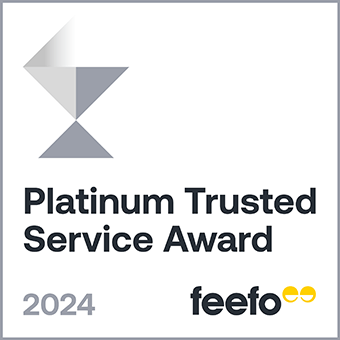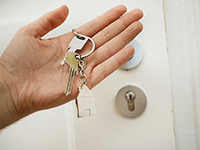What is a shared ownership mortgage?
A shared ownership mortgage is a solution that allows you to buy a percentage of a property. This means that rather than buying the whole house, you will only own a set amount of the property. The remaining share will be owned by a landlord.
When it comes to repayments, you will pay for a mortgage on your share of the property. You will pay rent on the remaining share.
We have access to a selection of products designed to support customers who were rejected by high street lenders for a shared ownership mortgage.
Our solutions have a range of features and criteria, meaning that we may be able to find a product personalised to your plans. So, if you’re thinking about getting one of these options and are struggling to get approved on the high street, our experts can help you.
What is the shared ownership scheme?
The shared ownership scheme was introduced by the government in the 1980s. The aim was to help first time buyers get on the property ladder.
With this government buying scheme, you will only buy part of the property and will pay rent on the rest. It is therefore commonly called ‘part rent, part buy’.
When you take out any mortgage you will put a deposit down on the property. By using this scheme, the amount of deposit needed to purchase a home would be lower. This is because you are only getting a mortgage on the share you have bought.
Therefore, engaging in this scheme can be useful if you are struggling to save up enough money for a deposit. In many instances, it may help you get a property that you would have otherwise been unable to afford.
Can you eventually buy a shared ownership property?
It is possible to get full possession of your shared ownership house. During the course of your agreement, you can buy extra shares in the property through a process known as staircasing.
Buying more shares in your property can be hugely beneficial, as it can lower the rental payments you have to make. Eventually, you will come to a point where you own the entire property and no longer have to make any rent payments.
It also means you have more flexibility and control over the property, as you have a larger share in the house. This means you may have more freedom to make changes to the property, allowing you to get the house in the position you desire.
Therefore, it is definitely possible to become the sole owner of the property through this scheme, so it could be a worthwhile initiative to consider.
What are the pros and cons of shared ownership mortgages?
As with any finance solution, there are a range of different benefits and disadvantages that could be worth considering.
As with any finance solution, there are a range of different benefits and disadvantages that could be worth considering.
Some of the pros may include:
- Using this scheme gives you an alternative way to get on the property ladder. So, if you are struggling to buy a property through the conventional buying process, this scheme may be able to help you.
- Without this scheme, many people may struggle to save up enough money for a deposit and therefore may be unable to afford to buy a home. Therefore, it helps you to get a property you may have otherwise been unable to afford.
- It may mean that the amount of deposit you have to pay is lower, as you are only taking out a mortgage on the share of the property you have bought rather than the whole house.
- You may be able to make cosmetic improvements to the property, as you own a share of the house. This is not always a possibility when you rent.
The cons of this scheme can include:
- The scheme isn’t available on every property, so your choices may be a bit more limited. It’s important that you research carefully to ensure that you find properties under the scheme.
- There may be limitations on the home improvements you can make, particularly if they involve large structural changes. Your landlord (who has shares in the house) also has a say in what happens to the property, so you may need to consult them and get permission before making changes.
- You don’t own the property entirely to yourself. This can restrict the amount of flexibility you have when it comes to making decisions about the property.
- Getting full ownership of the property can be expensive when you factor in all the other costs including valuations, stamp duty tax and legal fees.
- Although you will be sharing the property with your landlord you will be entirely responsible for maintaining the house, which can bring additional charges. Along with your mortgage and rental payments, this can quickly mount up.
When you are deciding whether this option is right for you, it’s important that you weigh up the advantages and disadvantages first. Our friendly team are always more than happy to give you a steer on what options are best for you.
How do I apply for a shared ownership mortgage?
The process to apply is similar to other finance options. Use our steps below to guide you through the process:
1. Call or enquire using the online form above. Highlight your needs to our experts, so they can match you with the best possible solution we have available for your situation.
2. Our skilled advisors will search our range of products to find a solution tailored to you.
3. If we find a suitable product, our team will go through the details with you. We will give you the time you need to decide whether it’s right for you. If you choose to proceed, our advisors will handle the rest.
At each step of the process our advisors will be available to support you, ensuring that you make an accurate and informed decision based on your own individual circumstances.










